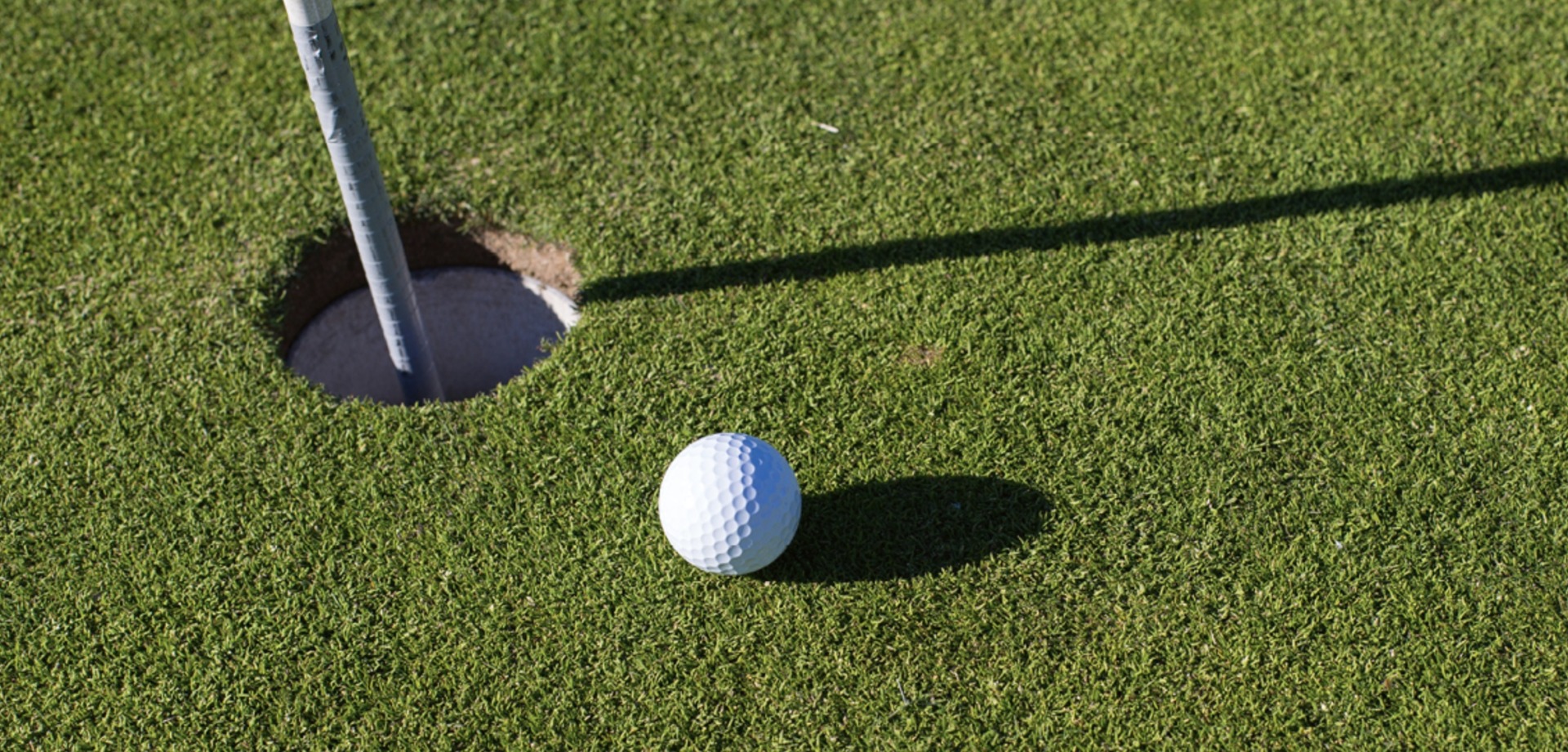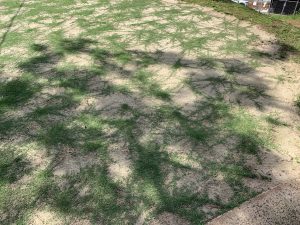How to Create a Home Putting Green

18 November 2021
Are you a keen sports enthusiast and want to practice your putting skills at home? We have put together a couple of tips on how you can create a putting green at home!
Finding the right space
Firstly, check out your front or back yard. You will need an area of between 20-40 square meters that is free from shade.
Turf underlay
Construction is very important. If you get the soil profile correct the green will thrive.
Mark out the area and design of the putting green, remember it doesn’t have to be a circle or rectangle, your design will be unique for your yard. Once marked out remove current turf or vegetation from this area, it is then advisable to remove around 100mm of soil. The growing media for putting green is USGA Sand (high quality, refined sand) or similar.
Then bring in enough USGA Sand or similar to replace 100mm removed plus another 100mm. This extra soil can be used to shape your surface for ball roll and to make the putting green higher than the rest of your yard. After this, then incorporate organic material into the top 50mm of your surface (composted chicken or cow manure is ideal).
Once you are happy with the shape and you have levelled around the edges to blend into the yard you are ready to start thinking about the next stage.

Choosing your putting green grass
The next step in creating your home putting green is to do some research on grasses that are suitable for putting surfaces, more so in the climate, you live in. Visit your local golf course and ask what varieties they use for their putting greens. Most golf courses use either bentgrass, couch, or zoysia. Some of the newer zoysia varieties are really an excellent option – less pressure from disease, fewer nutrient inputs, and superfine leaf blades for putting. Some of these zoysia varieties are Trinity Zoysia and Primo Zoysia.

Planting your putting green
Ideally, you want to plant your green from sprigs or stolons (small pieces of grass that will grow and spread across the surface). To plant your green, you will need around 15-25kg of sprigs to cover a 50 square meter area. Once evenly spread across the surface slightly rake into the soil profile. It is important to keep these sprigs damp for the next 2 weeks or until you start to see green shoots and taking root. It is suggested to use a granular turf starter type of fertiliser weekly for the first 4-10 weeks. The NPK of an ideal turf starter fertiliser is around 12-10-9. At the 6-week mark, you can apply a granular organic fertiliser that will help with the same beneficial humus and moisture-holding capacity.

The estimated growth in the period will be around 12 -14 weeks based on the timing of planting (spring is ideal). Once you have 50% coverage it would be recommended to start mowing just to remove 1/3 of the leaf blade. This will encourage the grass to grow vertically and cover across the ground. At the 90% coverage stage, it is recommended to top dress with the same sand used in construction. This will help to finish off the surface and give a smooth putting surface.

Mowing
When mowing your home putting green, we recommend using a cylinder mower to help get a better cut. The more you mow your green, the more the playing surface will tighten and the smoother it will get.

Fertilising
It is recommended you fertilise the green 3 times a year, once in April, September, and January. It is ideal to use greens grade fertiliser (low cut turf fertiliser) with an NPK 21-1-9. This can be purchased from a professional turf supply company.
With regular mowing and maintenance work, you’re at home putting green will help you up to your golfing skills ready for the course.

As always, if you have any more questions please don’t hesitate to contact us for free expert advice on 1800ALLTURF (1800255873) or 07 5543 8304.
WOULD YOU LIKE MORE INFORMATION?
Contact us for expert advice, or come & say hi at our office in Tamborine!


